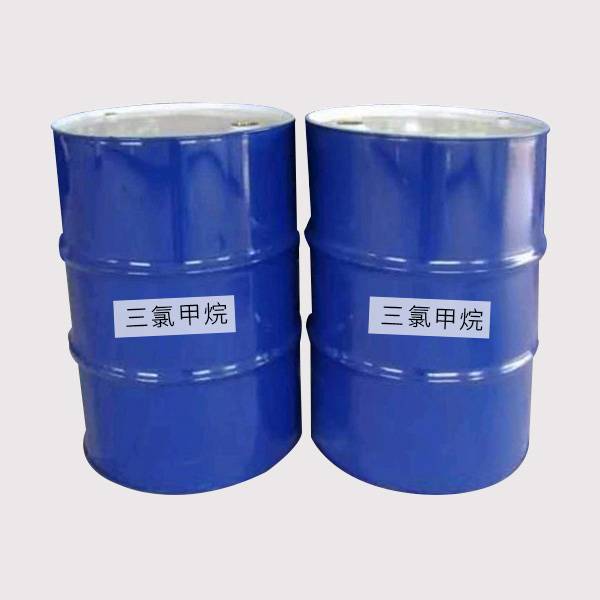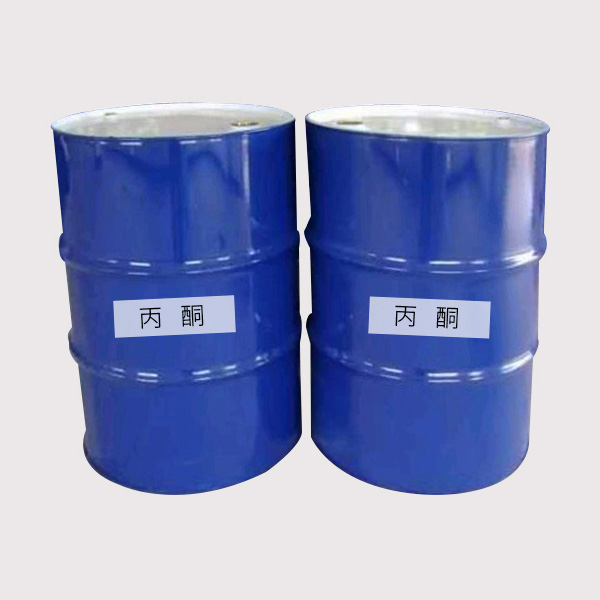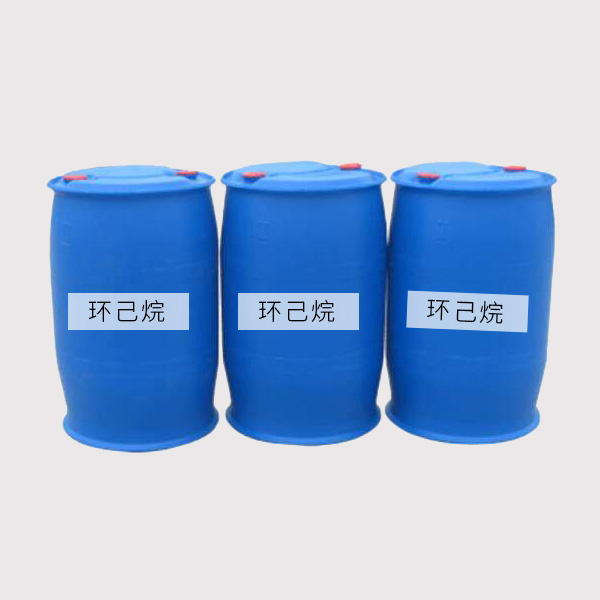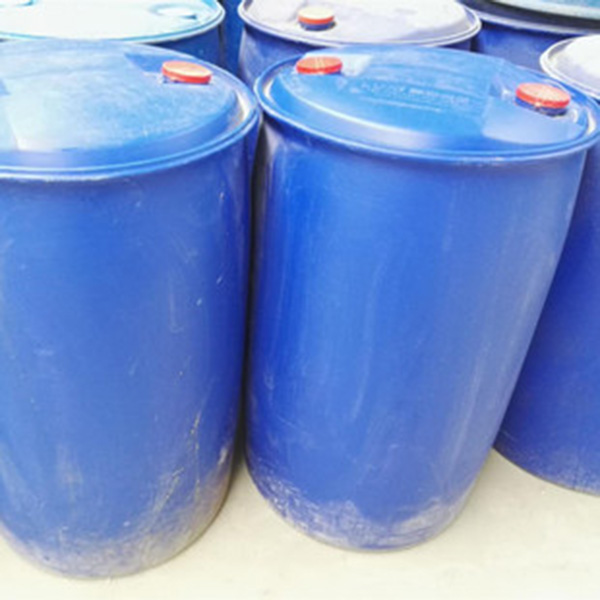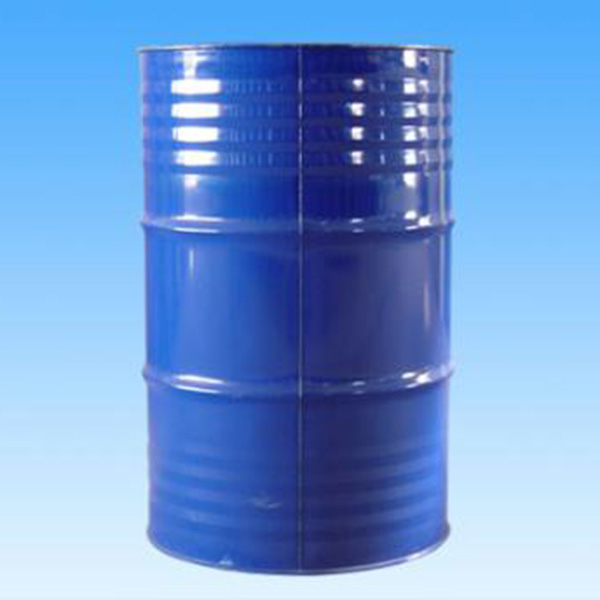Low MOQ for Acetic Anhydride Mw - Dichloromethane – Debon
Low MOQ for Acetic Anhydride Mw - Dichloromethane – Debon Detail:
|
Logo |
CHinese name:Dichloromethane |
Number of dangerous goods:61552 |
||||||||||||
|
English name:Dichloromethane |
UN number:1593 |
|||||||||||||
|
Molecular formula:CH2Cl2 |
Molecular weight:84.94 |
CAS number:75-09-2 |
||||||||||||
|
Physical and chemical properties |
Appearance and traits |
A colorless, transparent liquid with an aromatic odor. |
||||||||||||
|
Melting point (°C) |
-96.7 |
Relative density(water=1) |
1.33 |
Relative density(air=1) |
2.93 |
|||||||||
|
Boiling point (°C) |
39.8 |
Saturated vapor pressure(kPa) |
30.55/10℃ |
|||||||||||
|
Solubility |
Slightly soluble in water, soluble in ethanol and ether. |
|||||||||||||
|
Toxicity and health hazards |
Exposure limit
|
Time-weighted average allowable concentration (mg/m3) |
200 |
|||||||||||
|
Short-term exposure allowable concentration (mg/m3) |
300 |
|||||||||||||
|
Maximum allowable concentration (mg/m3) |
/ |
|||||||||||||
|
Route of invasion |
Inhalation, ingestion, percutaneous absorption. |
|||||||||||||
|
toxicity |
LD50:1600~2000mg/kg(Rat oral) LC50:88000mg/m3,1/2小时(Rat inhalation) |
|||||||||||||
|
Health hazard |
Dichloromethane is an anesthetic that causes respiratory and circulatory central paralysis and can cause pulmonary edema. Acute poisoning: patients may have dizziness, headache, vomiting and mucous membrane irritation in the eyes and upper respiratory tract. In severe cases, bronchitis and pulmonary edema may occur, and anesthesia symptoms such as coma may occur. Chronic effects: Long-term exposure mainly includes headache, fatigue, dizziness, loss of appetite, slow movement, and sleepiness. May cause skin damage, skin defatting, dryness, scaling and chapping. |
|||||||||||||
|
Burning explosion hazard |
Flammability |
Combustible |
Combustion decomposition product |
Carbon monoxide, carbon dioxide, hydrogen chloride, phosgene. |
||||||||||
|
Flash point (°C) |
/ |
Upper explosion limit (v%) |
19 |
|||||||||||
|
Ignition temperature (°C) |
615 |
Lower explosion limit (v%) |
12 |
|||||||||||
|
Dangerous characteristics |
In case of fire, high heat is flammable. Decomposition by heat can release highly toxic phosgene. In case of high heat, the internal pressure of the container increases, posing a risk of cracking and explosion. |
|||||||||||||
|
|
Construction fire risk classification |
c |
stability |
stability |
polymerization hazard |
can not appear |
||||||||
|
Incompatibility |
Alkali metal, aluminum. |
|||||||||||||
|
Fire fighting methods |
Extinguish with water, foam, carbon dioxide, and sand. |
|||||||||||||
|
first-aid |
Skin contact: Remove contaminated clothing and rinse thoroughly with soap and water. Eye contact: Immediately lift eyelids and rinse with plenty of running water or saline. Inhalation: Remove quickly from the scene to fresh air. Give oxygen when breathing is difficult. Once breathing stops, begin CPR immediately. Seek medical attention. Ingestion: Ingestion of a large amount of warm water, induce vomiting, seek medical attention. |
|||||||||||||
|
Leakage disposal |
Evacuate the personnel in the contaminated area to a safe area, prohibit unrelated personnel from entering the contaminated area and cut off the fire source. It is recommended that emergency personnel wear self-contained breathing apparatus and wear general fire protective clothing. Stop leaks while ensuring safety. It is mixed with sand or other non-combustible adsorbent and then collected and transported to a waste disposal site for disposal. If there is a large amount of leakage, use the dike to be contained, and then collect, transfer, recycle or waste after disposal. |
|||||||||||||
|
Storage and transportation considerations |
1 Storage Precautions: Store in a cool, ventilated warehouse. Keep away from fire and heat. Prevent sun exposure. Keep the container sealed. It should be stored separately from oxidants and acids. Can not be mixed and mixed. Lightly load and unload during handling to prevent damage to packaging and containers. Pay attention to personal protection for dispensing and handling operations. 2 Transportation precautions: Before the transmission, check whether the packaging container is complete and sealed. During transportation, ensure that the container does not leak, collapse, fall or damage. It is strictly forbidden to mix with acids, oxidants, foods and food additives. Transportation is carried out according to the prescribed route. |
|||||||||||||
Product detail pictures:
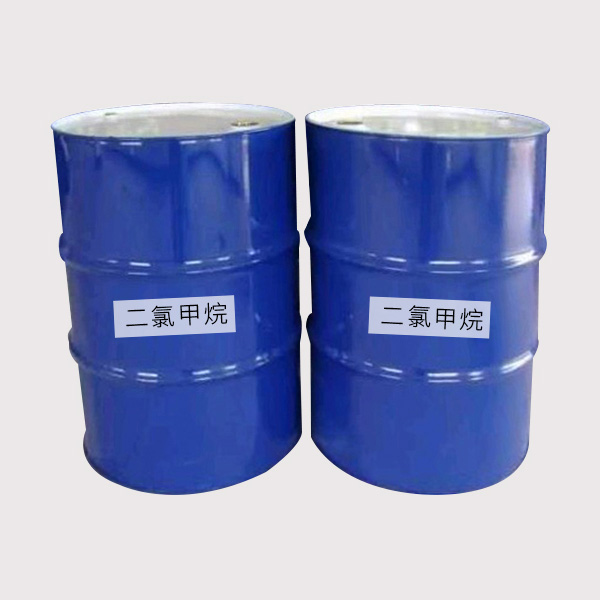
Related Product Guide:
Quality First,and Customer Supreme is our guideline to provide the best service to our customers.Nowadays, we are trying our best to become one of the best exporters in our field to meet customers more need for Low MOQ for Acetic Anhydride Mw - Dichloromethane – Debon , The product will supply to all over the world, such as: Uruguay , Indonesia , kazakhstan , We hope we can establish long-term cooperation with all of the customers. And hope we can improve competitiveness and achieve the win-win situation together with the customers. We sincerely welcome the customers from all over the world to contact us for anything you need!
This supplier's raw material quality is stable and reliable, has always been in accordance with the requirements of our company to provide the goods that quality meet our requirements.

